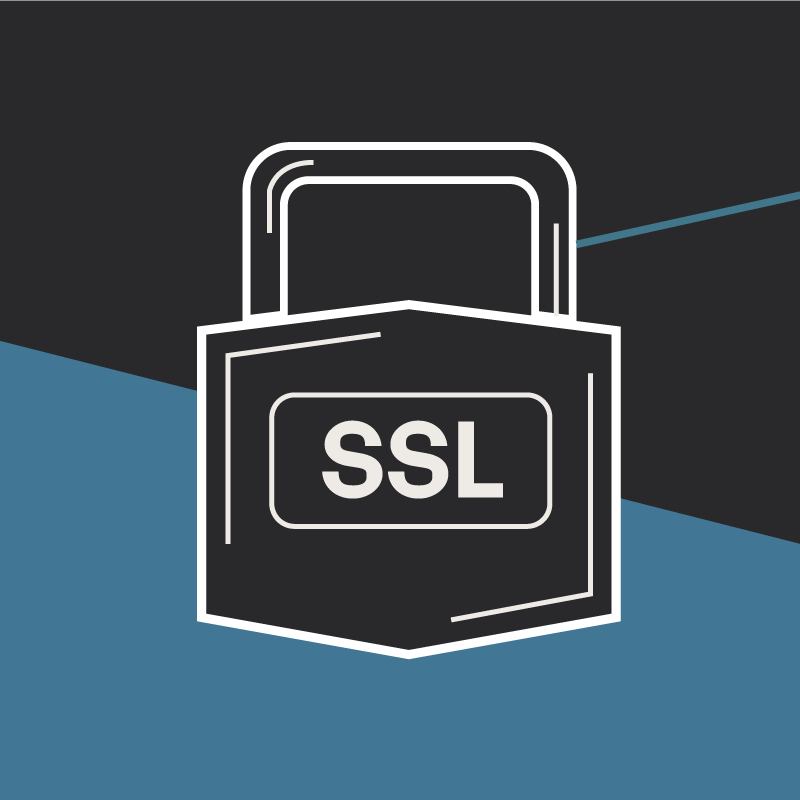Without understanding what an SSL Certificate is, it may be hard to realize why this is so important for your website. In this blog Diagram will cover both of these topics.
The web is full of tech-speak and jargon, and it can be hard to keep up with what the more technically-minded people are talking about when you’re just trying to use your website to run your business. For instance, you might have heard the term “SSL” and wondered what exactly it means, and why it’s so important. No, it’s not the Spanish Soccer League; it’s actually a cybersecurity tool for website owners that helps keep sensitive information such as credit card data out of the hands of hackers or other cybercriminals.
How an SSL Certificate Works
Typically, data sent between web browsers and web servers is sent in plain text. This can leave personal data susceptible to eavesdropping if your website is not secure. The main purpose of SSL is to allow private information, personal information, or other sensitive data to be transmitted over the internet through a secure connection. SSL stands for Secure Sockets Layer, and it is a technology used to provide authentication and encryption. It creates an encrypted connection between a website on a server and a person attempting to connect to that site, using public-key cryptography to accomplish an encrypted connection. SSL certificates use a key pair: a public and a private key; these keys work together to establish an encrypted connection. What this means is that these keys take the data that is being sent between the user and the website and encode it in a way that is impossible to decrypt without the key, ensuring that it won’t be seen or stolen by any outside party.
SSLs are assigned by a certificate authority (CA). A certificate authority is a third party organization that is trusted to issue digital certificates. One of the purposes of a certificate authority is to guarantee that a web site is who they claim to be. The certificate authority will verify the identity of a web site or online business before issuing an SSL or digital certificate. This assures any visitors or online clients that the website is legitimate and that the connection to that site is encrypted. There are many companies or certificate authorities that issue SSL certificates; some of them include Digicert, Comodo, and Global Sign. You’ll want to make sure you chose a trusted certificate authority for your clients to use; if your clients don’t trust the certificate authority you’re using, you may lose business because they won’t feel that their personal information is secure.
Different Types of SSL Certificates
There are different types of SSL certificate validation. The first type of SSL certificate validation is a Domain Validated (DV) SSL certificate. With this type of validation, the issuer confirms that the purchaser of the certificate is the owner of the domain by checking their information against the WHOIS database. Domain Validated certificates do provide a decent amount of security along with providing encryption, but they do not verify that the purchaser is the owner of a valid business.
The second type of certificate validation is an Organizationally Validated (OV) SSL certificate. An Organizationally Validated SSL certificate is intended for companies and is particularly useful to e-commerce, financial institutions, and government organizations that need to transmit sensitive data on their server such as credit card numbers and personal information. The procedure for organizational validation is more complex; the issuer will check to see if the purchaser of the certificate is the owner of the domain and the owner of a legitimate business. One advantage to getting an Organizationally Validated SSL certificate is that the web site will be displayed in the user’s browser as a trusted site, helping the website visitors feel more confident about doing business with that site.
The third type of certificate validation is an Extended Validation (EV) SSL certificate. The Extended Validation certificate is the most complete SSL encryption solution. One of the benefits of the Extended Validation is the green URL bar in the browser that indicates to users that they are viewing a website connected with a verified trustworthy business and that the website has been confirmed to be safe and secure.
Learn More About SSL Certificates
While these are the high-level nuts and bolts about why website’s need SSL certificates and how they work, there is much more to know about SSL technology and how they benefits both website owners and users. Be sure and read our blog about the three main SSL Certificate types you need to know. And in the meantime, please feel free to contact Diagram if you have any more questions or if you would like us to help you make sure your site is secure.
Related Posts

3 Reasons Your Business Needs to Focus on Customer Experience
While there are many reasons why companies should focus on customer experience, here are three timely reasons that should be top of mind for any marketer.

How Brands can Navigate Elon Musk's Twitter
Should the changes at Twitter impact your social strategy? Is it still an effective way to connect with your customers? Read more to learn why or why not.
Results Matter.
We design creative digital solutions that grow your business, strengthen your brand and engage your audience. Our team blends creativity with insights, analytics and technology to deliver beauty, function, accessibility and most of all, ROI. Do you have a project you want to discuss?
Like what you read?
Subscribe to our blog "Diagram Views" for the latest trends in web design, inbound marketing and mobile strategy.

